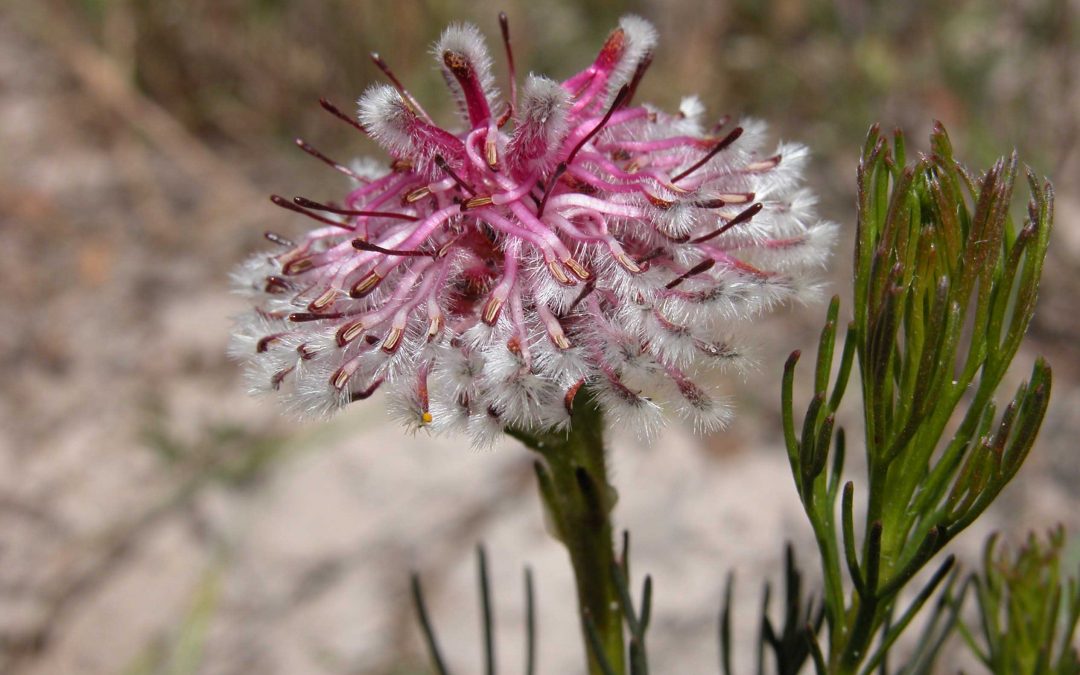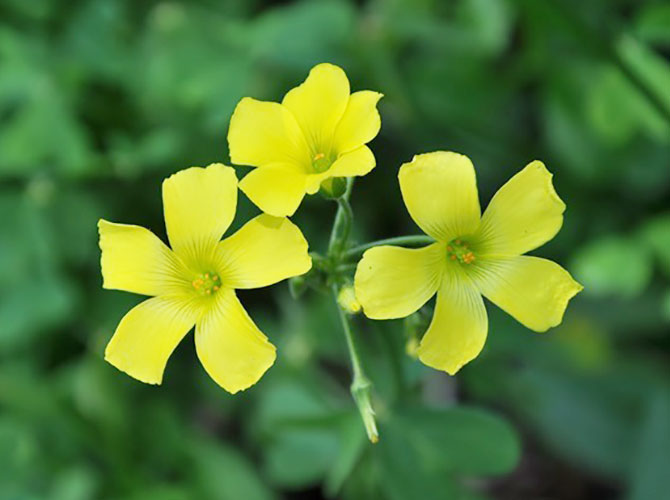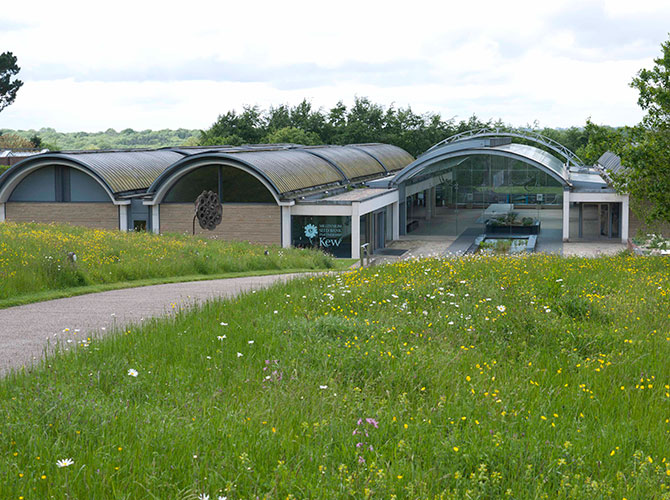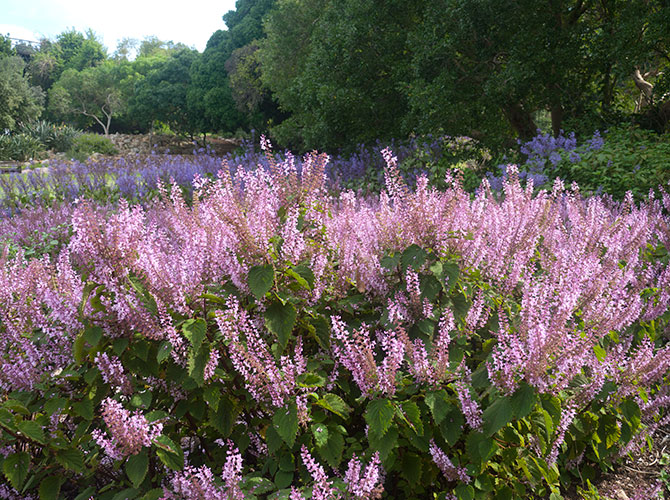
by Zoë Poulsen - Cape Town Botanist | Nov 5, 2016 | Botanic Gardens, Cape Flats Sand Fynbos, Cape Floristic Region, Cape Peninsula, Conservation, Ecology, Endangered Species, Fynbos, Kirstenbosch, Plant Profiles
Have you ever wondered what it would be like to be the last in the world of your kind? There are many species who have experienced this fate in the hands of people. The most famous of these is Lonesome George, a giant tortoise of the Pinta subspecies from the Galapagos Islands. Despite the best efforts of conservationists, when Lonesome George died in 2012 at the age of approximately 102, the Pinta Island subspecies of giant tortoise died with him. I was lucky enough to meet Lonesome George at his last home at the Charles Darwin Research Centre during a stint of volunteering in the Galapagos Islands during my teens, and it is a memory that has stayed with me.

by Zoë Poulsen - Cape Town Botanist | Apr 10, 2015 | Botanic Gardens, Cape Floristic Region, Cape Peninsula, Endangered Species, Ethnobotany, Fynbos, Indigenous Foods, Kirstenbosch
The Kirstenbosch Plant Fair is a long held tradition and this year heralds the 40th one held since its relatively humble beginnings. Dirk Muller, Chairman of the Kirstenbosch Branch of BotSoc, recalls attending the first plant fair in 1975 which saw eager members queuing up at 6:30am in the morning prior to the opening and by 11am every plant on sale had marched out the door in the hands of inspired and enthused growers.

by Zoë Poulsen - Cape Town Botanist | May 26, 2014 | Botanic Gardens, Conservation, Endangered Species, Kirstenbosch, Research
This week Notes from a Cape Town Botanist is reporting from the Northern Hemisphere in order to bring you the lowdown on some of the world class and ground-breaking work to conserve the Cape flora going on in other parts of the world. Far away from the green and pleasant land of Sussex in the south-east of England, 7,000 miles away one of the world’s biggest biodiversity disasters is quietly unfolding down in South Africa’s Cape Floristic Region (CFR).

by Zoë Poulsen - Cape Town Botanist | Apr 28, 2014 | Ecology, Ethnobotany, Forest, Kirstenbosch, Plant Profiles
One of the highlights of any visit to Cape Town’s Kirstenbosch National Botanic Gardens in April are the carpets of Plectranthus flowers occupying every available shady corner at this time of year. Colours vary from white to pale pink to the deepest dark blues and purples with species of every height, form and variety being cultivated under the shadow of Table Mountain’s eastern buttresses and crags.




